
Our 10 Favorite Texas Books of 2018
Politics, immigration, poetry, LSD, art and yes, vampires: There’s a little something for everyone on this list.
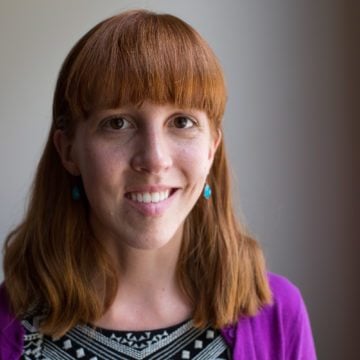
If there’s a bright side to the fact that, politically speaking, we spent 2018 still deep in what people on Twitter wearily call “the darkest timeline,” it’s the abundance of great books said timeline has produced. The Observer reviewed (or interviewed the authors of) 45 books so far in 2018, and we think it’s been one of the best years in recent memory for Texas readers.
Politics, immigration, poetry, LSD, art and, yes, vampires: There’s a little something for everyone on this in-no-particular-order list of 10 books we loved this year.
Beautiful Country Burn Again by Ben Fountain
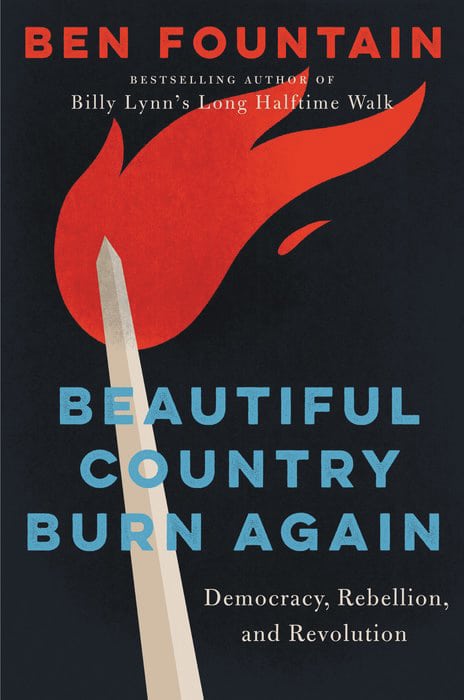
So much ink has been spilled on the subject of the 2016 presidential election that the genre has become the subject of parody. Yet Ben Fountain somehow makes it feel fresh, bringing a novelist’s flair to the campaign trail. From the review by Justin Miller:
[Fountain] mercilessly skewers Ted Cruz’s voice (“You’d think he gargles twice a day a cocktail of high-fructose corn syrup and holy-roller snake oil”), his looks (“schlumpy fleshiness”; “the little knob of his chin dangling like a boiled quail egg”; “the skin of an avid indoorsman”) and his competitive piety.
Virgin by Analicia Sotelo
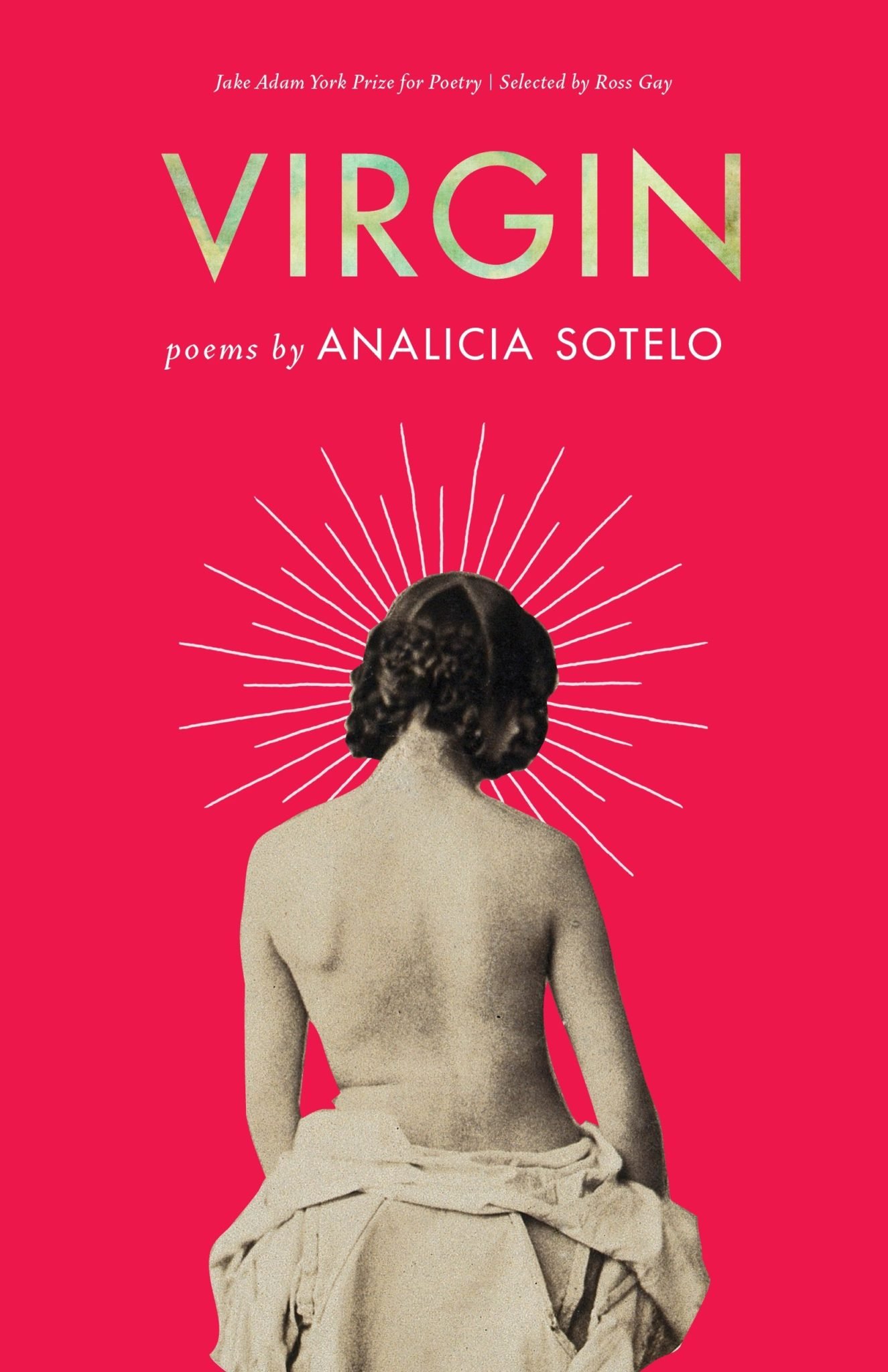
Anyone who thinks poetry is pretentious should read Analicia Sotelo’s work. The Houston poet’s first full-length book is funny, informal and incisive, like gossiping with a witty friend. In “Do You Speak Virgin,” she writes: “This wedding is some hell: / A bouquet of cacti wilting in my hand / while my closest friends / sit on a bar bench / stir the sickles in their drinks / smile up at me.” From the review by Aaron E. Sanchez:
In her Texas, there are no lonesome cowboys, no barren landscapes where men break their bodies. Instead, her incisive and descriptive poems take readers to interracial weddings, modern cities, dinner parties and mother-daughter conversations.
Heartland by Sarah Smarsh
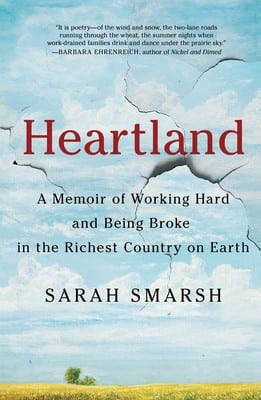
It’s still all too rare that stories about poverty are told by those who’ve lived it. Nobody writes about class quite like Sarah Smarsh, an occasional Observer contributor who penned much of her debut book in Austin. Her memoir of growing up on a farm in rural Kansas is nuanced and lyrical, exploring hardships, joys and everything in between. From the review by Chris Collins:
If nothing else, you should read the book for Grandma Betty, a rail-thin, thrice-divorced, whip-smart woman who chain-smokes and works in the courthouse telling probationers how to stay on the right side of the law. Her work ethic and fiery spirit clearly leave an indelible mark on Smarsh, who gets a first taste of journalism while typing up “reports” and reading case files in Betty’s office.
Homelands by Alfredo Corchado

Dallas Morning News journalist Alfredo Corchado traces his immigrant story in a book that’s part memoir, part political history. Corchado deftly interweaves his search for belonging with, for example, a sharp analysis of how NAFTA reshaped Mexico’s economy. From the review by Sasha von Oldershausen:
Again and again, in times of need, the United States welcomed Mexican workers and facilitated their passage into the country — only to turn around and tell them they were unwelcome. [Corchado] writes: “Even as signs popped up across the Southwest stating ‘No Mexicans,’ particularly in Texas, the question persisted: Could Americans do without them?”
The Most Dangerous Man in America by Bill Minutaglio and Steven L. Davis
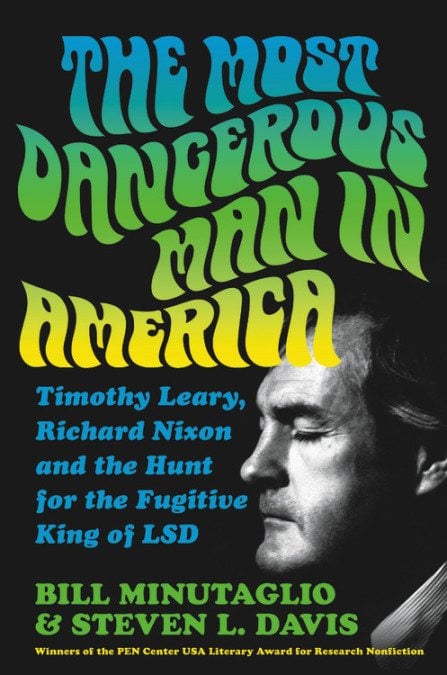
Minutaglio and Davis’ second collaboration (their first was 2014’s Dallas 1963) is a wild ride from start to finish. In colorful detail, the book recounts how Richard Nixon and his peons chased after LSD evangelist Timothy Leary over a two-year period. From the review by Brad Tyer:
The book is more than a treasure trove of trivia for Leary freaks. It’s a solvent that dissolves the calcified montage of the ’60s and replaces it with an incredibly detailed moving picture of a specific time (May 1970 through January 1973) and places (California, Algiers, Beirut, Switzerland) in which some incredibly interesting people were doing some deeply weird shit.
The Reckonings by Lacy M. Johnson
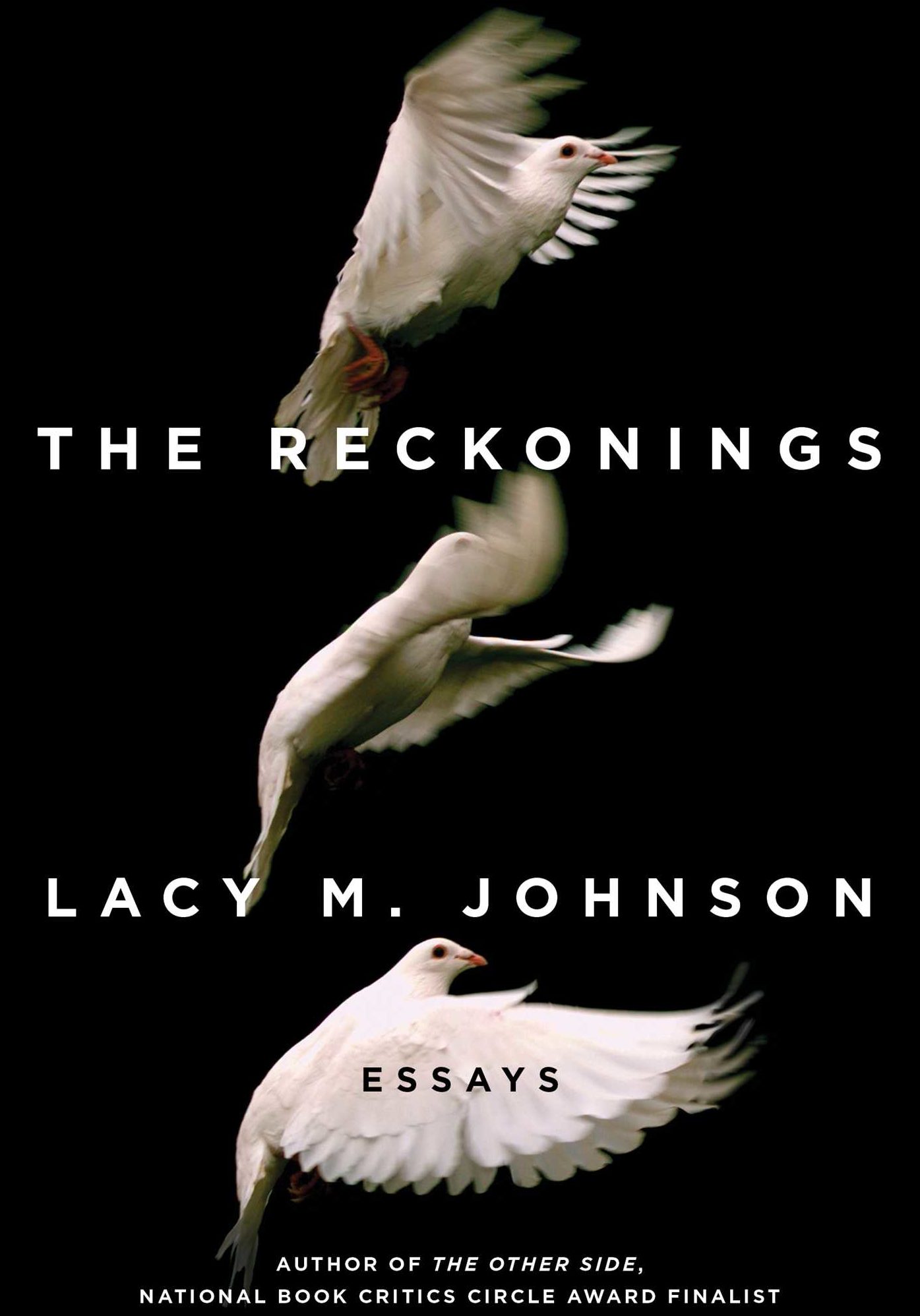
Sexual assault, environmental justice, gun violence: Houston writer Lacy M. Johnson grapples with big, tough subjects in a wide-ranging and incisive book of essays. Her acclaimed 2014 memoir, The Other Side, was a harrowing account of surviving a brutal kidnapping and rape. The new book also treads dark waters, but her skillful writing is never sensationalistic. From the review by Michael Hardy:
The book opens with an audience member at one of Johnson’s book readings asking what she wants to happen to the man who assaulted her. What would justice look like? This question haunts the book: What would justice look like for the Gulf Coast fishermen who have lost their livelihoods? For the Missourians who develop rare cancers after years living next to nuclear waste? For the countless women whose sexual assaults have been downplayed or ignored?
A People’s History of the Vampire Uprising by Raymond A. Villareal
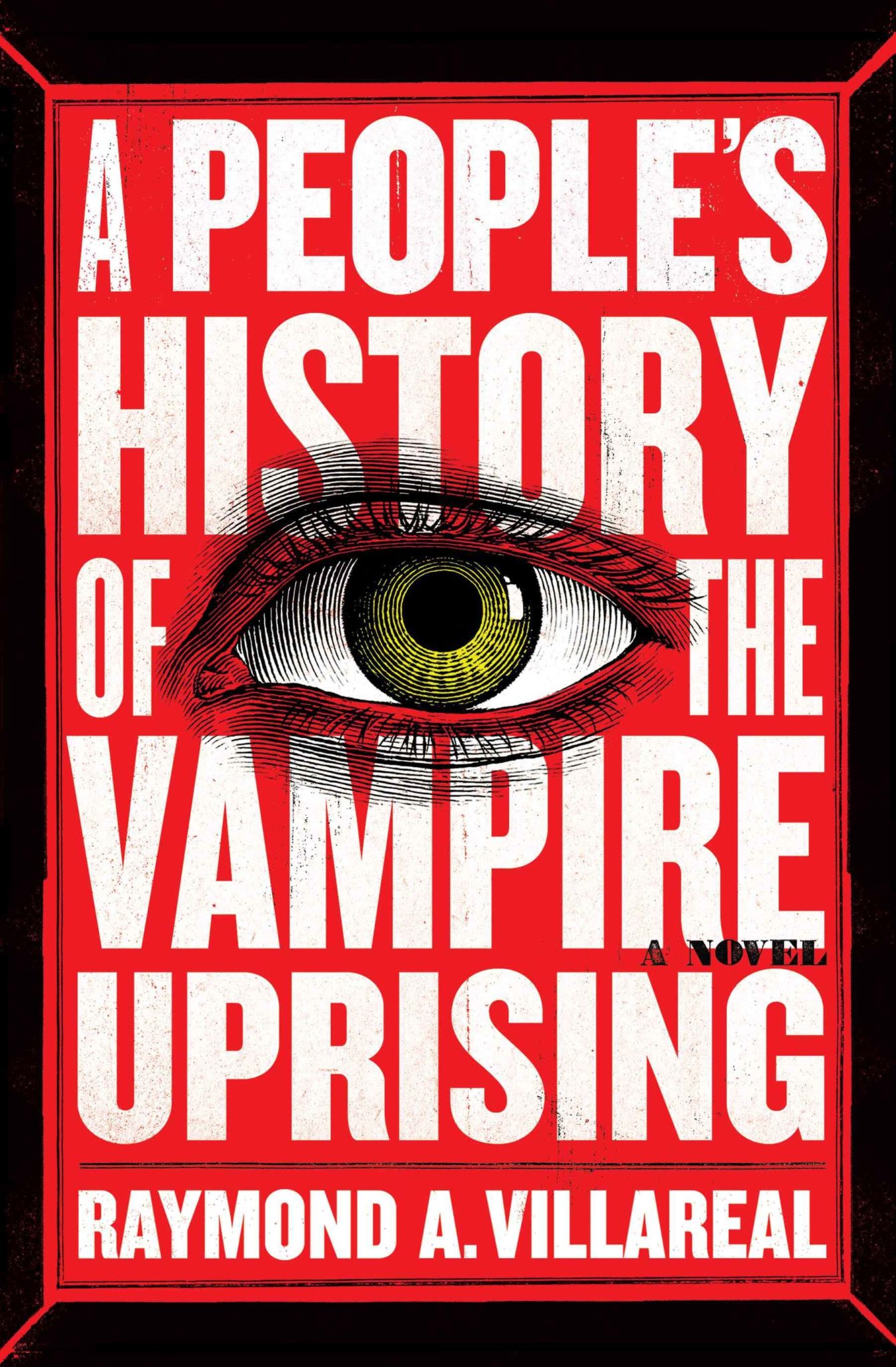
Stories about dystopias are especially satisfying now that we’re living in one. In A People’s History of the Vampire Uprising, San Antonio’s Raymond Villareal builds a richly imagined world that feels ominously close to ours, complete with selfie-snapping bloodsuckers called Gloamings, an infection that is viral in both the medical and the social media senses, and cultural references aplenty, from Dracula to Blade. From the review by Roberto Ontiveros:
Villareal has written a vampire novel that quaffs greedily from the arteries of its literary antecedents, particularly in how he describes the vampire’s ancient erotic allure. “I’d only viewed drawings and read descriptions before, and now here he was — a captivating, angelic face that seemed to radiate and reflect light at the same time,” says an FBI agent caught in the spell of a Gloaming he’s trying to catch.
There Will Be No Miracles Here by Casey Gerald
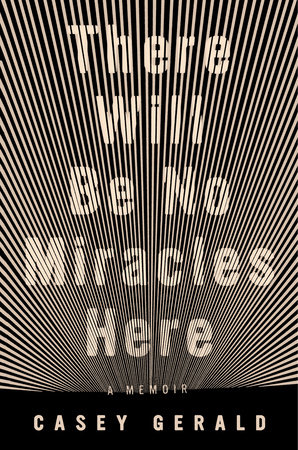
Turning the inspirational memoir genre on its head, Casey Gerald recounts how he went from a rough childhood in Dallas to the Ivy League and a TED talk — as well as what he lost along the way. Rags-to-riches stories like his, as Gerald recently told NPR, are dangerous because they allow politicians and readers to “pretend that there is not a conveyor belt leading most people in this country from nothing to nowhere.” From the review by Michelle Raji:
The “American education cabal” that launched Gerald from Oak Cliff … to the vaults of privilege, a world of secret societies and assimilation (“guess your voice does make you sound dumb. Fix it. Try to sound like them.”) and networking and proximity to power, from the margin to the center, is lethal, lethal in the sense that it kills the spirit. And by spirit, he means “the things you need to live, like love or to become like yourself,” the spirit of the Camus and Emerson he read compulsively after opting out of that life, what philosopher Sean D. Kelly calls aliveness.
Daughter of a Daughter of a Queen by Sarah Bird
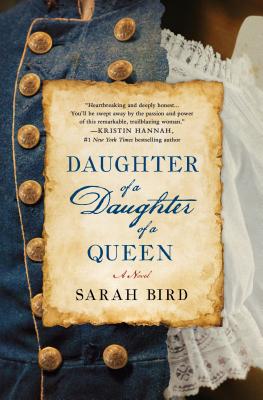
Austin author Sarah Bird has been quietly churning out excellent novels for more than three decades. Her latest is a work of historical fiction that reimagines the life of Cathy Williams, a freed slave who passed as a man to become a buffalo soldier during the Civil War. From the review by Rod Davis:
As an epigram, Bird cites an observation from L. Frank Baum, who gave us Dorothy in The Wizard of Oz: “Girls want marvelous adventures just as much as boys do.” This is the power and meaning of Bird’s entire novel. Maybe her career.
Outsider Art in Texas: Lone Stars by Jay Wehnert
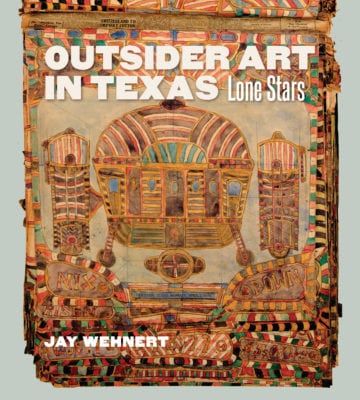
Artists struggling with homelessness, poverty, mental illness and other challenges produce incredible work despite countless barriers. The visually stunning Outsider Art in Texas celebrates some of the state’s many little-known talents, such as Charles Dellschau, a reclusive Houstonian whose work gained prominence decades after his death. From the review by David Theis:
In 2015, the New York Times called Dellschau a “visionary,” and the following year a page from one of his notebooks sold for more than $22,000. But there’s little reason to believe that the deeply isolated man would’ve cared for this recognition. He created his notebooks over a period of decades after he retreated from the world … Did he intend the stories and drawings as science fiction, or was he depicting scenes from a mind colored by mental illness? As Wehnert puts it, all we can know is that Dellschau’s life was “shrouded in mystery and wonder.”




